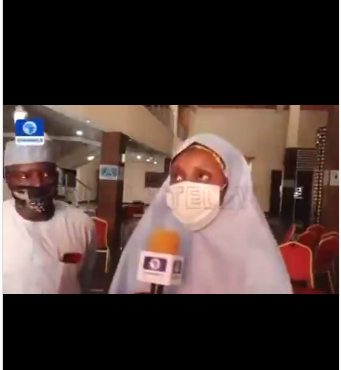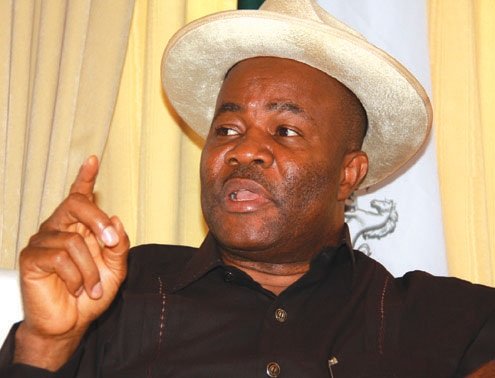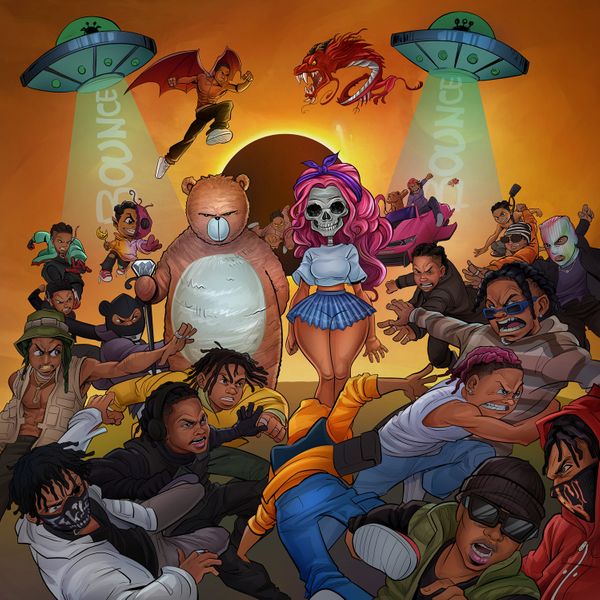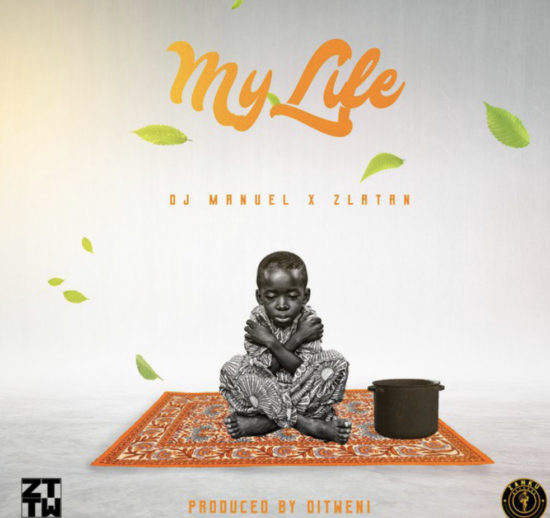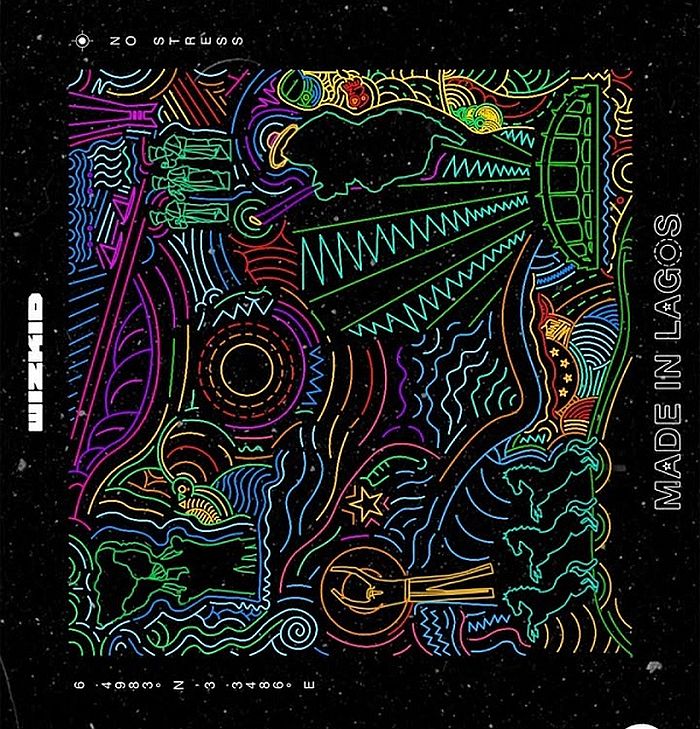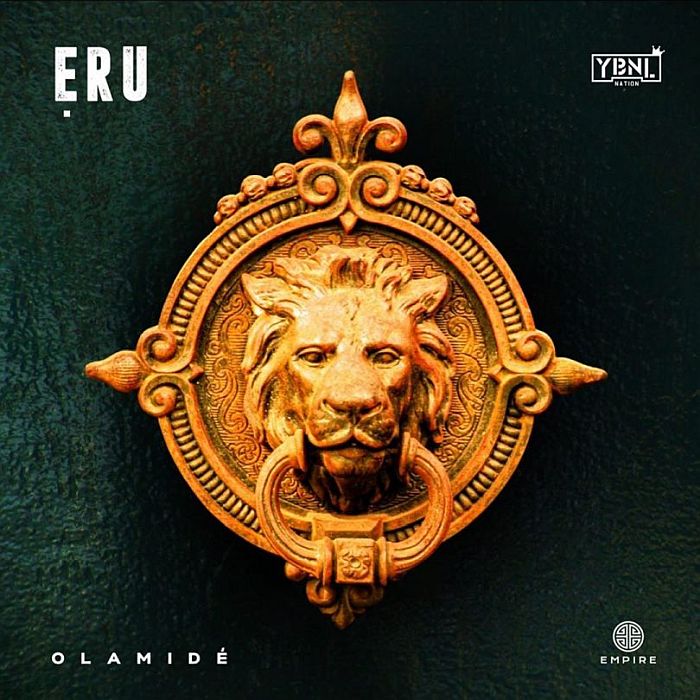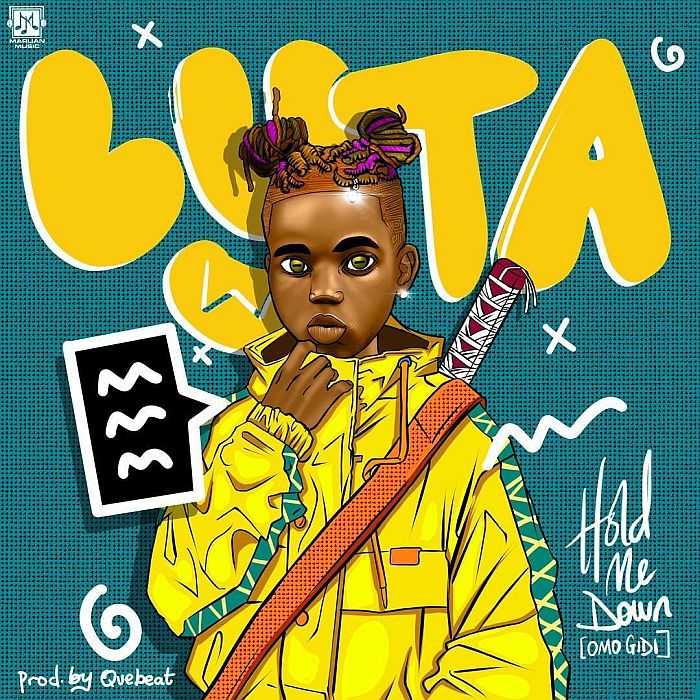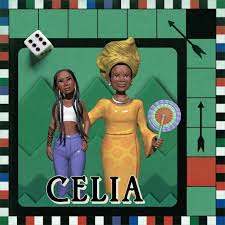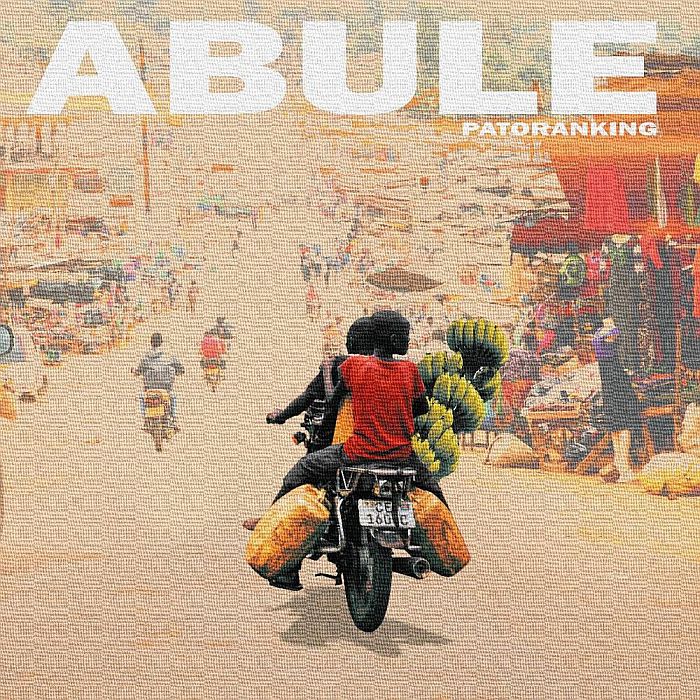Kaduna Is Most Dangerous State In Nigeria, CML’s Life Count Shows
Posted by E.L.E.X on July 05 2020 under News


A Civic Media Lab collation of media reported deaths in Nigeria for the first six months of 2020 ranks Kaduna State as the part of the country with the highest report of murders.
Its record of 493 persons killed between January and June, is higher than the reported deaths in the Boko Haram/ISWAP terrorised territories of Borno; 290, Adamawa; 37 and Yobe; 5.
There were more persons kidnapped in Kaduna State – 178 than any other part of the country based on the reports collected by CML.
This is in contrast to the 10 recorded incidents of kidnapping in Borno.
In keeping with the increasing trend of attacks organised by loosely defined marauders called bandits by the media, the motorcycle-riding killers and cattle rustlers were responsible for at least 566 of the 1,692 deaths shown in the Life Count data.
This is three times more than the 130 attributed to Boko Haram and its ISWAP fraction.
The Life Count data collated 185 incidents and 55 of these were pinned on bandits.
This again was more than the eight reports labelled as Boko Haram attacks and the three committed by ISWAP.
Boko Haram was more deadly with their attacks, killing an average of 15 persons per foray.
Combined with the nine deaths from three strikes by ISWAP, the rate drops to 11.8.
The bandits, on the other hand, had a murder rate of 10.3 deaths with every attack.
While killings by herdsmen are not dominating the headlines, the Life Count data recorded about 29 raids, which led to 148 deaths.
The majority of the deaths carried out by herdsmen as collated by Life Count, were from Kaduna – 63 not from Benue – 26.
Outside the Northern region, the cattle breeders were accused of killing 21 persons in Delta, the highest death toll from herdsmen attacks in the South.
The most fatal of the 185 incidents reported though, was the 250 deaths recorded when the police took on the well-fortified bandit headquarters in Birnin Gwari in Kaduna.
Asides from the 250 deaths most of whom were reported to be on the side of the terrorists, CML’s Life Count collated report showed that police officers were involved in 18 extra-judicial killings.
The army increased that number to 22, with four murders, while trying to enforce COVID-19 lockdowns in a community in Taraba State.
The police raid on the bandit HQ, painted February crimson.
That sole incident contributed to more than half of the deaths in the bloodiest month of the year so far.
In January
In the first month of the year, there were 181 deaths.
Although this month had the lowest number of recorded deaths according to the CML Life Count data, it would be remembered for three attacks.
On January 6, Boko Haram detonated an improvised explosive device on a bridge in the border province of Gamboru in Borno State, killing 30 and injuring 35 others.
Eight days later, bandits attacked the convoy of the Emir of Potiskum in Yobe State, killing 30 and kidnapping a staggering 100 persons.
A week later, the Chairman of the Christian Association of Nigeria (CAN) in Adamawa State, Lawal Andimi, was beheaded by the ISWAP faction of the Boko Haram militants.
ISWAP had ceremonially killed 11 Christians in December, saying they would launch a campaign against Christians in Nigeria, in 2020, as retribution for the killing of the Islamic State leader, Abu Bakr al-Baghdadi, by the USA.
In February
There were 460 deaths in that month, the highest death-rate in the first six months of 2020.
The first major incident was on February 5, when the police raided bandits at Birnin Gwari.
The police were surprisingly engaged by a well-supplied band, who attacked the security force’s air team with anti-aircraft guns.
The death toll of 250 was the most violent recorded this year so far.
Five days later, Boko Haram made a signature raid, killing 30 defenceless passengers.
They were camped outside Maiduguri because they missed entering the city before the 5:00pm curfew.
On Valentine’s Day, the marauding band terrorizing the North-West, showed a glimpse of what residents in certain parts of Katsina were to face, killing 33 in a raid on two villages.
In March
Life Count recorded 180 deaths in March. The third bloodiest day of the year after February 5, was March 2.
On this day, over 50 people were killed in Igabi local government in Kaduna State.
A witness to the attack said newborns and almajiris were not spared in the carnage.
The witness said the bandits, whom he kept describing as Boko Haram, stole nothing and even cremated some of the persons they had already murdered.
20 days later, bandits expressed their fearlessness, killing 29 security officials made up of the army, the police and Nigerian Security and Civil Defense Corps in Niger State.
The area of Niger where the engagement happened is close to the Birnin Gwari Local Government where the bandits hold sway.
In April
Life Count recorded 183 deaths in the fourth month of the year.
The bloodiest day was April 19.
Bandits invaded a village in Katsina State, killing 34 and carting away as much foodstuff as their 200 motorcycle cavalcade could carry.
A source said the raiders came for the government palliatives given to the residents whose lives have been under the grip of the killers and rustlers.
Six days before that, two communities in Taraba State continued their feud over some ancestral fishing ponds, 25 persons were killed in the latest episode of the communal clash.
Prior to both attacks, bandits raided Sokoto, another North-Western state.
The attack which left 22 persons dead, is said to have lasted for three uninterrupted hours.
In May
May was the third bloodiest month of CML’s Life Count collation.
About 252 persons were killed in 35 reported incidents.
There were three incidents with deaths over 20 and above during this 31-day period.
The most brutal of them was the murder of 74 persons in Sokoto State.
The raid on Sabom Birni came just a day after the governor, Aminu Tambuwal, paid a visit in company with his security chiefs.
The other two major attacks were 20 each in Kaduna and Borno.
In June
After February’s 460 was June’s 395.
In this month, a village in Borno State was completely raised to the ground by an armed group not labeled as Boko Haram.
On June 10, the group killed 81 persons, who were herding their cattle in an open field.
Those, who tried to escape the shooting were run down with vehicles and motorcycles.
The village head was kidnapped, before the village itself was burnt down.
Four days after that, Boko Haram/ISWAP killed 40 civilians and 20 soldiers in the same state.
The same day, Felo Village was burnt, 50 persons were killed in five villages in Katsina.
The attack was linked to bandits.
The National Assembly, which is dominated by representatives from the Northern region of the country, have asked the President to freshen up the offices occupied by his service chiefs.
It is a request the President has not deem fit to agree to.
Many of the communities being attacked are agrarian in nature.
Farmers in these places are finding it impossible to earn a living.
Observers feel Nigeria’s food import bill will continue to soar if it cannot till all the hectares of farmland available to it due to the incessant bloodshed across the country especially in the Northern region.
Tweet
YOU MAY ALSO LIKE
Comments
Add Comment
All fields are required!


